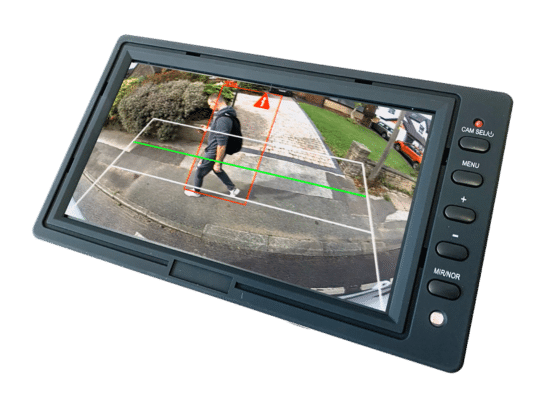
DVS 2024: Greater Manchester Considering Introducing Scheme
Why could DVS be introduced in Greater Manchester?
- Greater Manchester authorities are considering the introduction of a scheme similar to the Direct Vision Standard as part of their plan to eliminate deaths and life-changing injuries on GM roads by 2040.
- If you’re unfamiliar with DVS, it is a set of requirements that enables vehicles over 12 tonnes to operate in London and is centred around making sure drivers have sufficient visibility around their vehicles.
- The parties deliberating the scheme are currently discussing the impact and feasibility of including these guidelines in their Vision Zero strategy. Fleets could expect them to apply to vehicles operating in the Greater Manchester area at some point in the future.
- The action plan has been endorsed by local councils in the GM region along with other key stakeholders such as Transport for Greater Manchester, National Highways, Greater Manchester Police, and Greater Manchester Fire and Rescue Service.
- The aim is to improve road safety and minimise the severity of traffic accidents through a variety of ways which can be found in the draft version of the plans.
- These methods include:
-
• Building safer road infrastructure
-
• Improving post-crash response
-
• Introducing new legislation
-
• Increasing public awareness of responsibility on the road
- Much like the Direct Vision Standard, the strategy is largely focused on protecting vulnerable road users as they face the greatest risk compared to users of large vehicles such as HGVs. This is evidenced by the fact that pedestrians, cyclists, and motorcyclists made up two-thirds of those killed or seriously injured on Greater Manchester roads in 2022.
- With the metropolitan city of Manchester often likened to the ‘Capital of the North’ it’s no surprise that there is now a possibility of implementing the HGV permit scheme devised by Transport for London. The region’s high population and dense road network, along with Manchester’s status as the European Capital of Cycling in 2024 make it appear highly possible that a scheme similar to DVS will be introduced to protect vulnerable road users.
January 2024
Draft version of the Vision Zero Strategy was published
Autumn 2024
Period of public engagement before first Vision Zero Action Plan is published
Ongoing
Bi-Annual Progress Reports will be shared that details the success and progress of activities.
2030
Target to reduce road traffic deaths and life-changing injuries by 50%.
2040
Goal to completely eliminate road traffic deaths and life-changing injuries.
What might the changes mean for your fleet?
The new DVS requirements taking effect in October 2024, require vehicles to be fitted with a Moving Off Information System (MOIS) which activates on proximity and alerts the driver in-cab. If this is replicated in Greater Manchester's Vision Zero strategy and an HGV is found without a MOIS, this could result in substantial fines and the vehicle being taken off the road.
The DVS guidelines also state operators must ensure vehicles have a Blind Spot Information System (BSIS) to eliminate blind spots down the nearside of the vehicle and provide alerts when a VRU is identified. Fleets would need to install AI technology that distinguishes between vulnerable road users and static objects.

- Solutions such as Pedestrian AI may play a significant role in achieving DVS compliance in the Greater Manchester scheme.
The Pedestrian AI camera system...
-
• Provides real-time visual and audible alerts in-cab to warn the driver of potential risk
-
• Accurately identifies humans around a vehicle rather than static objects
-
• Gives drivers a clear view of their surroundings using an HD video output
-
• Sends alerts to VUEhub for fleet managers to review
- Even though these guidelines may seem complex, costly, and frustrating for fleet managers, implementing safety technology to this standard can only help to prevent accidents and reduce the risk your drivers pose on the roads. If Greater Manchester's Vision Zero strategy incorporates the Direct Vision Standard, this ensures your drivers have the tools they need to drive safely, particularly when manoeuvring at low speeds in busy built-up areas.
Want to find out how to improve your fleet's safety?
Contact us today


